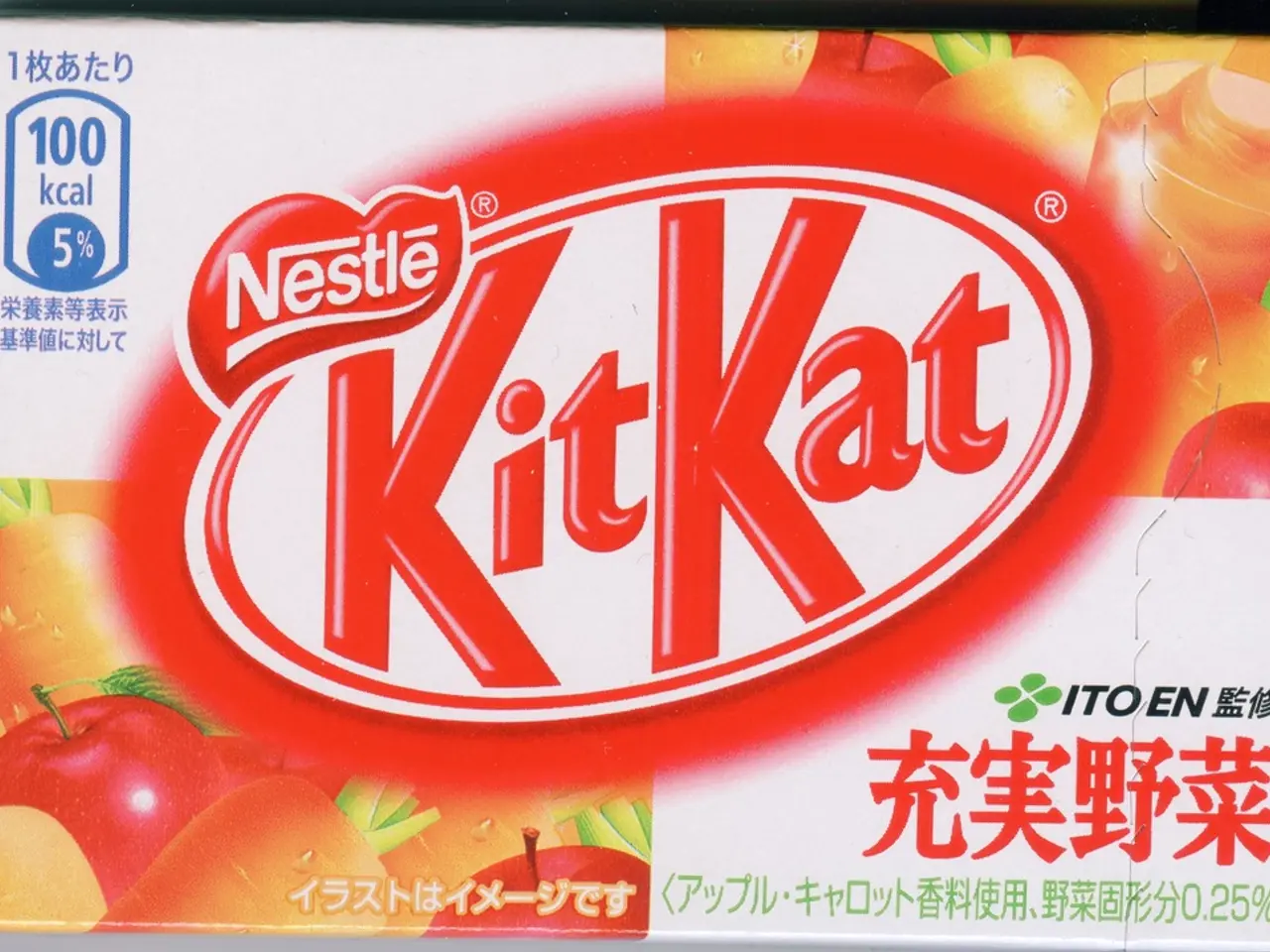Determining Net Carbs and Their Significance
In the world of nutrition, understanding carbohydrates is crucial, especially for those following low-carb diets like keto. One essential term that has gained popularity is 'net carbs'. This article aims to explain what net carbs are, how to calculate them, and their significance in dietary choices.
Net carbs refer to the total amount of digestible carbohydrates in a food product or meal, calculated by subtracting fibre and some sugar alcohols from total carbs. The general formula is: **Net Carbs = Total Carbohydrates - Fibre - Sugar Alcohols**.
Total carbohydrates are the full amount of carbohydrates listed on the nutrition label. Dietary fibre is subtracted because it is not digested or absorbed by the body in the same way as other carbs, so it doesn't raise blood sugar. Sugar alcohols are low-digestible sweeteners used in many low-carb foods. Most sugar alcohols have minimal impact on blood sugar, so they are subtracted as well. However, some sugar alcohols (like maltitol) can affect blood sugar more than others, so not all may be fully subtracted depending on your sensitivity.
When calculating net carbs for whole foods, subtract only the fibre. Sugar alcohols are typically not present in unprocessed whole foods. For processed foods with sugar alcohols, you subtract both fibre and sugar alcohols, but be cautious as some sugar alcohols may partially affect blood sugar.
Let's look at some examples:
1. **Blackberries** (whole food example): - Total carbs: 10g - Fibre: 5g - Sugar alcohols: 0g (not typical in fresh berries) - Net carbs = 10 - 5 - 0 = 5g net carbs
2. **Keto snack bar** (processed food with sugar alcohols example): - Total carbs: 20g - Fibre: 8g - Sugar alcohols: 6g (e.g., erythritol, xylitol) - Net carbs = 20 - 8 - 6 = 6g net carbs
3. **Cauliflower** (whole food example): - Total carbs: 5g (per 100g) - Fibre: 2g - Sugar alcohols: 0g - Net carbs = 5 - 2 = 3g net carbs
Here's a summary table for easy reference:
| Food Type | Total Carbs (g) | Fibre (g) | Sugar Alcohols (g) | Net Carbs (g) | |---------------------|-----------------|-----------|--------------------|----------------------------------| | Blackberries | 10 | 5 | 0 | 10 - 5 = 5 | | Keto snack bar | 20 | 8 | 6 | 20 - 8 - 6 = 6 | | Cauliflower (100 g) | 5 | 2 | 0 | 5 - 2 = 3 |
In practical terms, always check the nutrition label for fibre and sugar alcohol content. For whole foods, subtract only fibre. For processed foods, subtract fibre and sugar alcohols, but be mindful some sugar alcohols might have some glycemic impact. Consider personal tolerance and monitor blood sugar responses if diabetic or sensitive.
Knowing net carbs can help people track their carbohydrate intake to lose weight or stay healthy. However, not all scientists and healthcare professionals recognize the concept of net carbs, and its benefits remain unclear. Increasing the intake of dietary fibre and decreasing the intake of total added sugar is beneficial for most people. Calculating net carbs can promote a healthful intake of dietary fibre, increase food choices, and possibly reduce the risk of low blood sugar for people with diabetes.
Consulting a doctor, dietitian, or diabetes educator is important before starting a low-carb diet for people with diabetes. While counting net carbs has its advantages, it's essential to be aware of its potential disadvantages, such as increased consumption of sugar-free treats, variations in food nutritional labels, and inaccuracies in the estimation of net carbs due to individual differences in digestion.
- In the realm of nutrition, understanding carbohydrates is vital, especially for individuals following low-carb diets like keto.
- One term that has gained popularity in this context is 'food and food benefits'.
- Net carbs, a crucial concept, refers to the total amount of digestible carbohydrates in a food product or meal, calculated by subtracting fibre and some sugar alcohols from total carbs.
- The formula for calculating net carbs is: Net Carbs = Total Carbohydrates - Fibre - Sugar Alcohols.
- Dietary fibre is not digested or absorbed by the body in the same way as other carbs, so it doesn't raise blood sugar.
- Sugar alcohols are low-digestible sweeteners used in many low-carb foods, with most having minimal impact on blood sugar.
- For example, blackberries, a whole food, have 10g of total carbs, 5g of fibre, and zero sugar alcohols, resulting in 5g of net carbs.
- However, for processed foods with sugar alcohols, both fibre and sugar alcohols need to be subtracted from total carbs.
- For instance, a keto snack bar might have 20g of total carbs, 8g of fibre, and 6g of sugar alcohols, resulting in 6g of net carbs.
- Knowing net carbs can help people track their carbohydrate intake to lose weight or stay healthy, although not all scientists and healthcare professionals recognize the concept of net carbs.
- Increasing the intake of dietary fibre and decreasing the intake of total added sugar is beneficial for most people's health-and-wellness, fitness-and-exercise, and nutrition.




